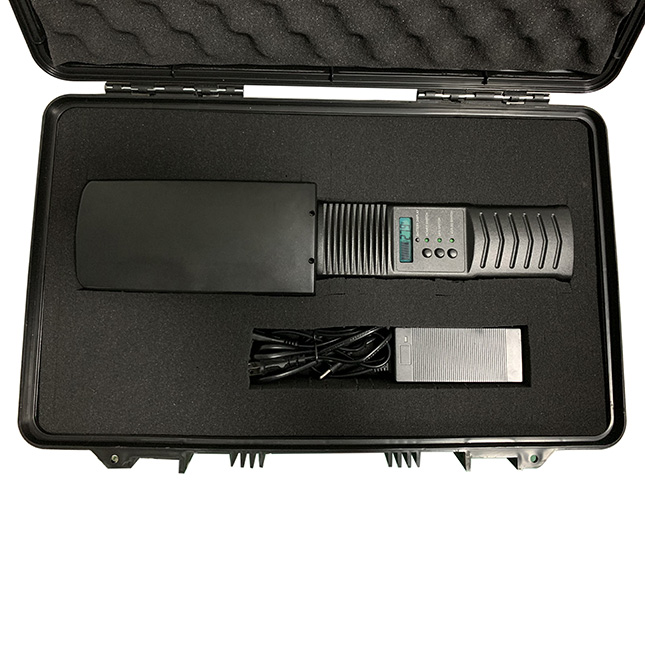What is a drone jammer?
The signal jammer is also called a signal blocker. They are devices that block radio communication signals. A pilot on the ground remotely controls an unmanned aerial vehicle (UAV). Therefore, blocking the radio signal makes a UAV useless. The drone will either fall to the ground or land, depending on its programming.
The jammers “had quite a significant impact” on the UN surveillance drones, which were suspended for days after gathering intelligence from the air. US military officials did not say whether the latest interference caused the drone crash, citing operational security.
But sources told NBC that Russia’s sophisticated jamming equipment, which was developed by its military, has proven effective even against some encrypted signals and anti-jamming receivers.
It is introducing DroneGun, a GPS signal blocker that disables drone signals (including GPS and GLONASS positioning) from up to 1.2 miles away. Like most rivals, it doesn’t destroy the target drone, it simply forces the vehicle to land or return to its starting point. Anti-drug teams can not only defuse threats from a safe distance, but they can also locate their pilots.
Most of today’s jammer-mart jammers use a broader jamming signal over a range of frequencies, while BEAM is configured to detect a single specific frequency used by an attacking drone, a solution especially suitable for urban or more populated combat zones.

US analysts first caught Russian military drones in eastern Ukraine four years ago, after the invasion of Crimea, according to Humphreys. He said the jammers were initially detected as faint signals from space, bouncing off the surface of the earth. The jammers “had quite a significant impact” on United Nations surveillance drones attempting to monitor the area, grounding the fleet for days and halting intelligence gathering from the air.
The drone signal jammer works by directing radio energy into the drone, interrupting the remote control link between the drone and the operator. The jammer operates in common industrial, scientific and medical (ISM) frequency bands. 2.4 GHz, one of the most common frequencies for drone control, is part of the ISM band.